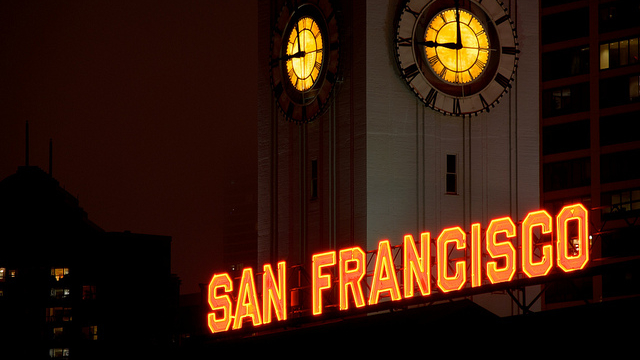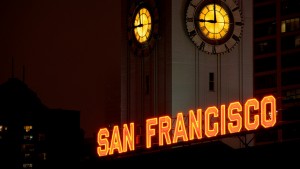In the wee hours of Sunday morning, the little hand on the clock ticked backwards one hour and Daylight Saving Time ended. Now we’re on Standard Time, which will last for about 4 months, until we click forward to Daylight Saving Time again in March. Daylight Saving Time (DST) started in Europe during WWI, to save energy, and has been used consistently in the US since 1966. DST was temporarily extended in 1974 and 1975, to save energy during the Arab Oil Embargo. It was extended in 1986 and again in 2007—DST now begins earlier in the spring and ends later in the fall than ever before.
When we turn the clock forward in the spring, we move an hour of daylight from the morning to the evening. The idea is that we save energy in the evenings, because we don’t need to turn our lights on for an extra hour. A 2008 report to Congress quantified the amount of energy saved after the 3-week extension of DST that began in 2007: 1.3 Tera Watt-hours, a decrease of 0.03% of the country’s annual energy usage. The amount of energy saved depends on where you live. You might actually use MORE energy during DST, if you need to run your heater on a cold, dark morning or if you come home at the end of a workday to a hot, stuffy house and need to run your air conditioner.
And that extra hour of daylight impacts more than just the energy bill, as reviewed in an article in National Geographic Daily News. People tend to be more active outdoors during DST. This is beneficial for tourism. Plus, crime rates drop because crime tends to happen in darkness. There are fewer traffic accidents because people aren’t driving home from work in the dark. And there are effects on human health: there is evidence that springing forward is linked with increased risk of heart attacks.
There are places in the world that don’t observe Daylight Saving Time; their inhabitants don’t have to deal with the bi-annual adjustment of their internal clocks. In areas close to the equator, day length remains relatively consistent throughout the year; there is not much daylight to save. Many tropical lands don’t observe DST, including Hawaii. (Neither do parts of Arizona—don’t ask me why). Russia observes DST year round, and in the summer turns its clock forward an hour anyway—Double DST. In 2001, in the wake of rolling blackouts, California requested to observe Daylight Saving Time year round, and observe double DST during the summer. This report details small but measurable energy savings, but the request was never approved.

